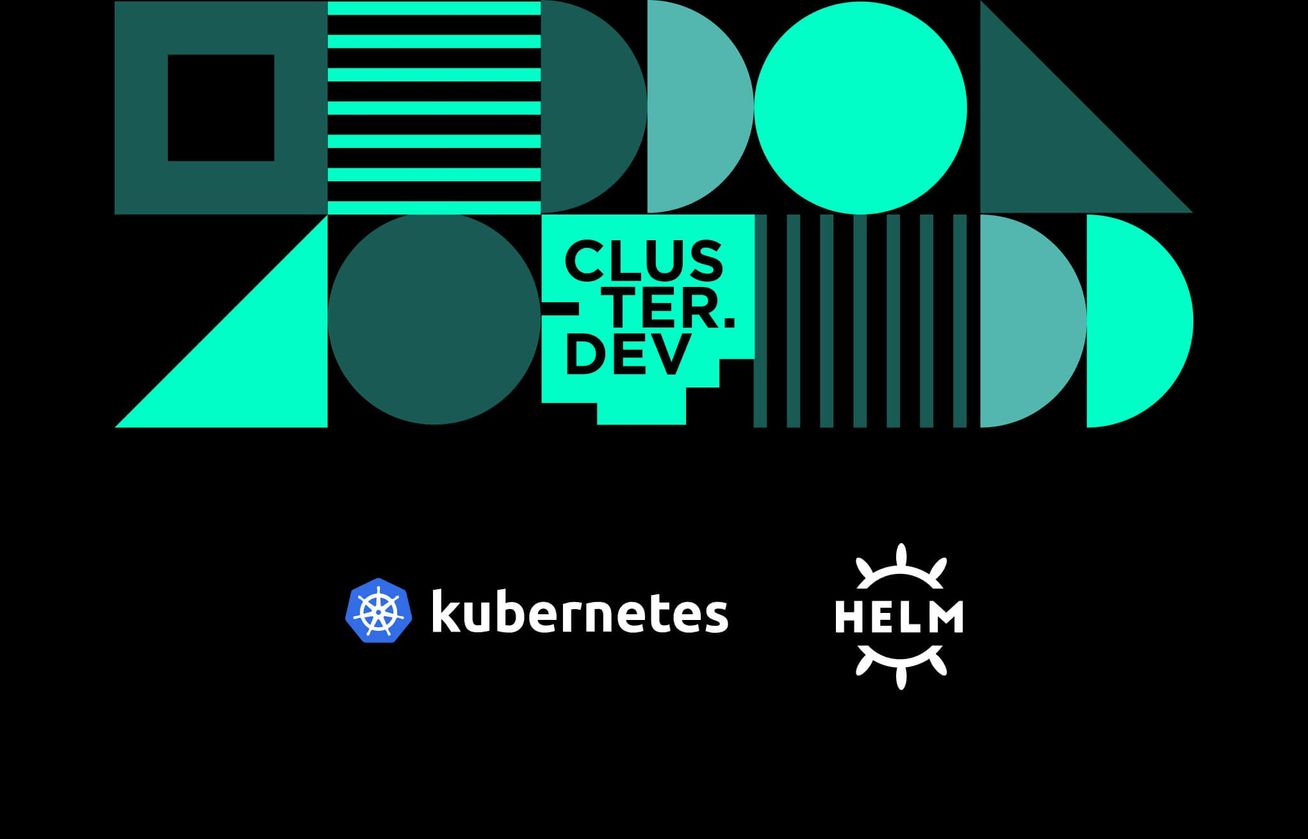Platform-as-a-Service
Effortlessly create fully-provisioned, production-ready environments from Cluster.dev templates. Increase the efficiency of product development by providing your teams with a self-service platform that tackles all infrastructure management tasks.
Challenges and Solutions
Solution
Designed for Developers, by Developers
Platform-as-a-Service solution is designed for developers, thus being fully focused on their needs. A meticulously crafted platform serves as a catalyst, enabling your developers to:
- Easily add and upgrade new microservices and infrastructure components, whether with or without CI/CD.
- Swiftly provision new infrastructures and initial dataplanes, ensuring efficient project kick-offs.
- Efficiently manage logs, metrics, and comprehensive alert coverage for uninterrupted services.
- Establish robust permissions and security boundaries, safeguarding sensitive elements of your ecosystem.
- Regularly update and test system components, ensuring agility and up-to-date functionality.

Who Can Benefit from Our Solution?
Ready to get started?
Cluster.dev achieves deployment idempotency by using standardized infrastructure templates. This ensures that each deployment, regardless of the environment, maintains identical configurations and properties, leading to consistent and predictable results.
Yes, Cluster.dev seamlessly integrates with any CI/CD solution, facilitating the code delivery workflow within an organization. It operates as a Docker container within a CI/CD pipeline, ensuring continuous reconciliation of manifests with the cluster’s actual state.
Cluster.dev manages database integrations within its PaaS offerings by treating them as distinct infrastructure modules. These modules configure the database service and its associated endpoints, making them accessible for other services within the template, and for the data backup script.
Cluster.dev’s PaaS templates are highly customizable. Users can modify templates to fit specific project requirements, including technology stack adjustments, infrastructure configurations, and integration of unique company tools and services.
It does so by automating various tasks associated with the infrastructure repository, including reconciliation of manifests with the actual state of the cluster. Moreover, the GitOps methodology simplifies component upgrades, making it as straightforward as changing the component’s version tag in the template.
Absolutely. Cluster.dev is designed for multi-cloud deployments. Having Terraform under the hood, it inherits the functionality of Terraform modules and supports deployments to different clouds enabling complex multi-cloud strategies.
Cluster.dev emphasizes security by incorporating best practices within its templates. This includes features like default integration with secrets management solutions, segregation of team responsibilities, Git repository as a center of all infrastructure modifications, regular component security updates, easily auditable execution code, etc.
Cluster.dev is natively integrable with the Grafana-Prometheus stack, which allows for monitoring of a wide range of performance metrics, both infrastructure- and application-specific. Also, it integrates with any kind of tools, open source or enterprise, to enable advanced logging, monitoring, and alerting capabilities.
Sure. Integrating with a variety of cloud platforms, Cluster.dev leverages their auto-scaling mechanisms to prevent performance issues. It can automatically adjust resources based on application demand, ensuring optimal performance during varying load conditions.
 Schedule call
Schedule call
